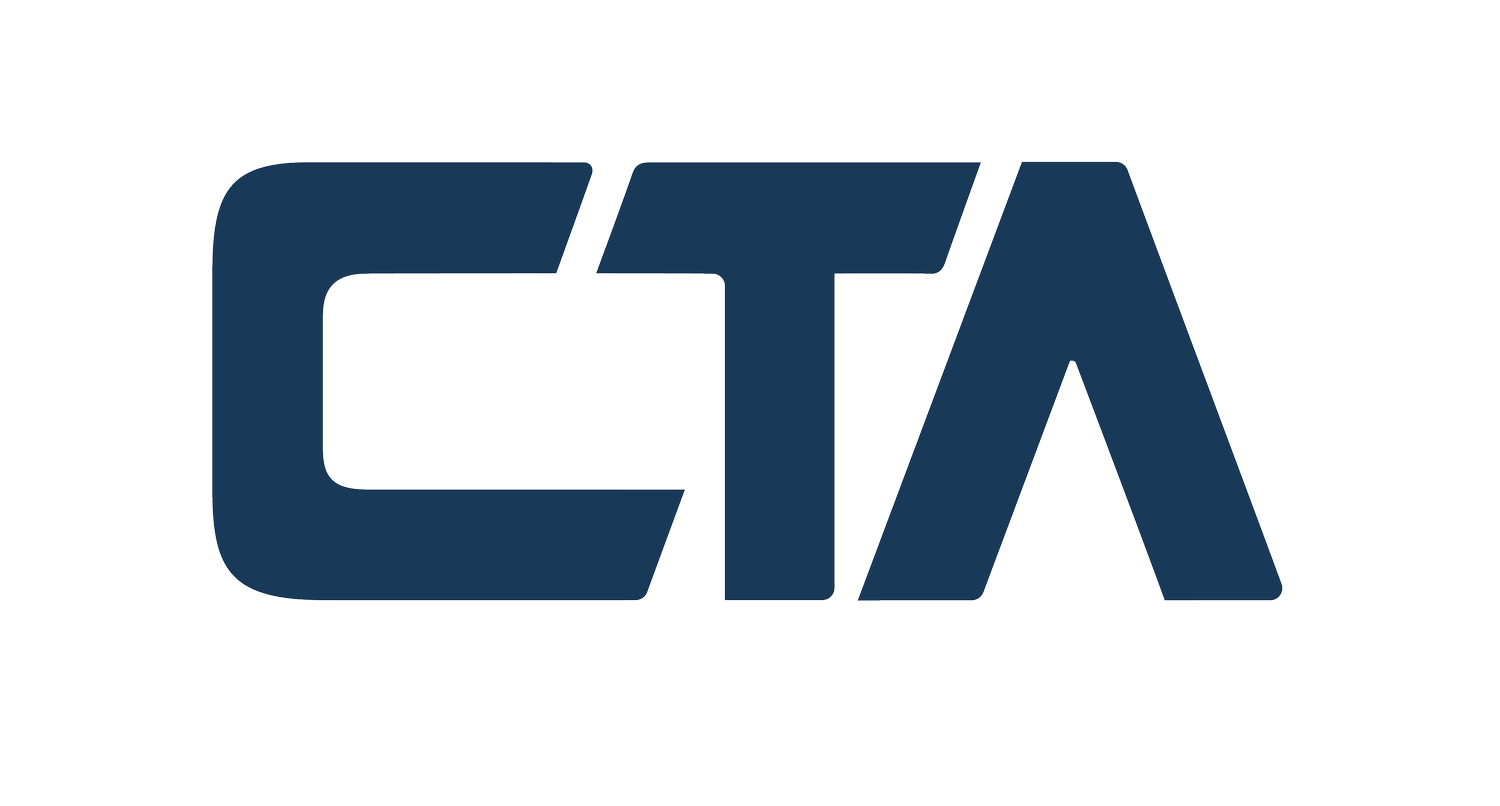In today’s competitive job market, attracting and retaining top talent can be a significant challenge for businesses. However, there’s a silver lining: various federal and state tax credits designed to encourage employee hiring incentives and workforce development. Understanding and leveraging these incentives can not only help reduce your tax burden but also contribute to a more robust and diverse workforce. Understanding the difference between tax incentives and tax deductions is also extremely helpful.
1. Understanding Employee Hiring Incentives
Just like Green Tax Incentives, Hiring incentives are designed to encourage businesses to hire individuals from specific groups or regions. These incentives often come in the form of tax credits, which can reduce your business’s tax liability. The types of incentives available can vary by jurisdiction, but they commonly include:
- Federal Work Opportunity Tax Credit (WOTC)
- Federal Empowerment Zone Employment Credit
- State-specific tax credits
2. Federal Work Opportunity Tax Credit (WOTC)
The WOTC is one of the most widely used tax credits for hiring. It provides a credit for hiring individuals from certain target groups, including:
- Veterans
- Long-term unemployed individuals
- Recipients of public assistance
- Ex-felons
- Individuals with disabilities
How to Claim the WOTC:
- Pre-Screening: Before hiring, complete IRS Form 8850 (Pre-Screening Notice and Certification Request for the Work Opportunity Credit) to pre-screen potential employees.
- Certification Request: Submit the completed Form 8850 to your state workforce agency within 28 days of the employee’s start date.
- Claiming the Credit: Once certified, you can claim the credit on your annual tax return using IRS Form 5884 (Work Opportunity Credit).
3. Federal Empowerment Zone Employment Credit
Although not as widely used today, the Empowerment Zone Employment Credit provides a tax break for employee hiring who live in designated empowerment zones—areas targeted for economic revitalization. Also refer to the Clean Energy Tax Incentives on offer.
How to Claim the Empowerment Zone Employment Credit:
- Eligibility Check: Ensure your business is located in or near an empowerment zone.
- Certification: Similar to WOTC, ensure the employee resides in the empowerment zone by completing the necessary certification forms.
- Claiming the Credit: Use IRS Form 8844 (Empowerment Zone Employment Credit) to claim the credit.
4. State-Specific Tax Credits
In addition to federal incentives, many states offer their own tax credits for employee hiring incentives. These can vary significantly in terms of eligibility, amount, and application process. Common examples include:
- California’s New Employment Credit
- Texas Enterprise Fund
- New York State’s Excelsior Jobs Program
How to Claim State Tax Credits:
- Research State Programs: Check your state’s economic development website or consult with a tax professional to identify available programs.
- Follow State-Specific Guidelines: Each state has its own application and certification processes, so follow the specific requirements carefully.
- Documentation: Maintain thorough records of the hiring process, employee eligibility, and correspondence with state agencies.
5. Best Practices for Maximizing Tax Credits
To fully leverage hiring incentives, consider these best practices:
- Stay Informed: Tax credit programs can change frequently. Regularly review updates from the IRS and state tax authorities.
- Consult with Professionals: Engage with tax advisors or consultants who specialize in tax credits to ensure you’re optimizing available incentives.
- Maintain Accurate Records: Keep detailed documentation of employee eligibility and all correspondence related to tax credits.
- Integrate into Hiring Strategy: Make tax credits a part of your hiring strategy by considering them when assessing potential candidates.
6. Conclusion
Claiming tax credits for hiring is a valuable way to reduce your business’s tax liability while fostering a diverse and capable workforce. By understanding the various incentives available and following the appropriate procedures, you can maximize the financial benefits of hiring and make your business more competitive. Stay proactive, consult with experts, and integrate these opportunities into your hiring practices to reap the rewards of these incentives.
For personalized advice or assistance with claiming tax credits, consider reaching out to a tax professional who can guide you through the process and ensure that you’re taking full advantage of all available incentives. Boost your business growth by leveraging the Georgia Investment Tax Credit, designed to support and reward new investments in the state.
Further Reading: CTA Partners with IPX to Make Cost Seg Studies Even Easier for Clients, Exploring the Cost of Cost Segregation Studies: How Much Does a Cost Segregation Study Cost?








